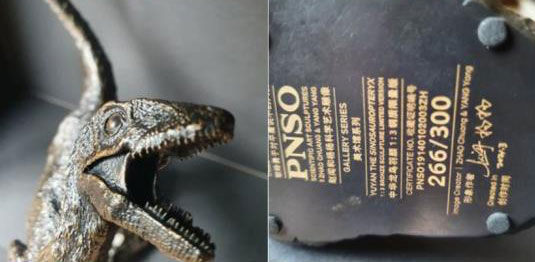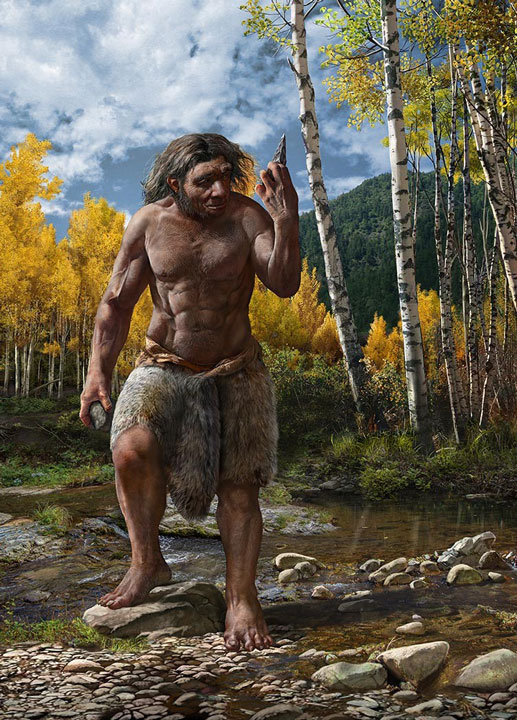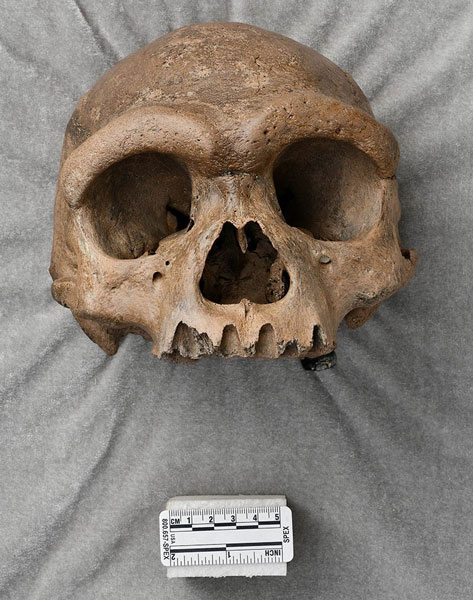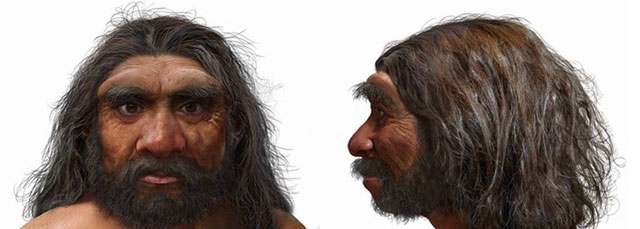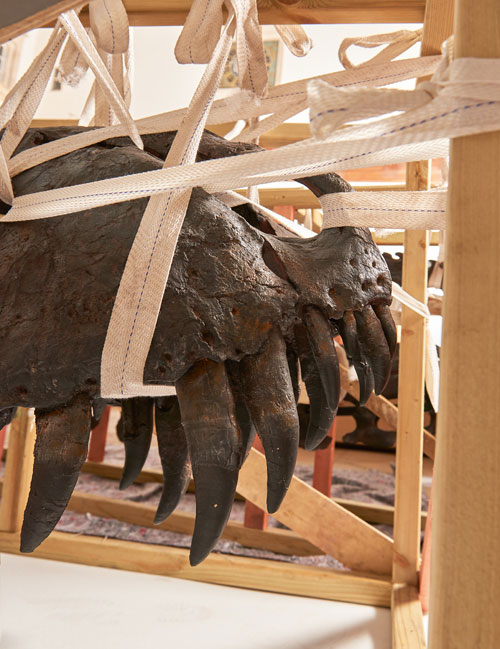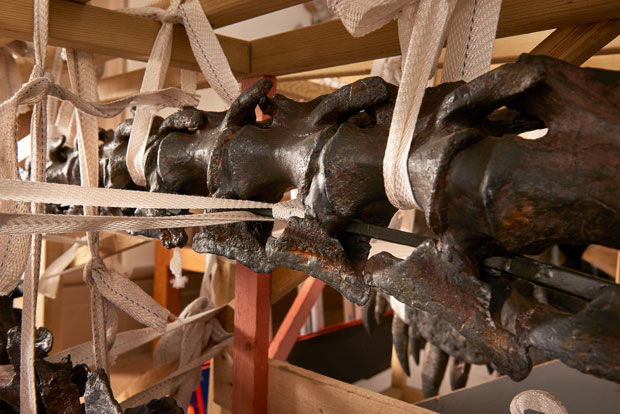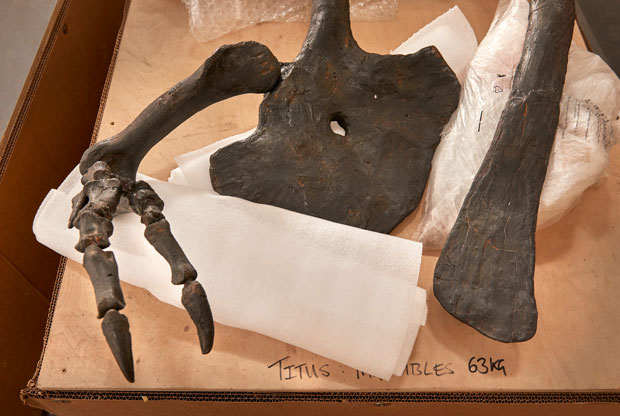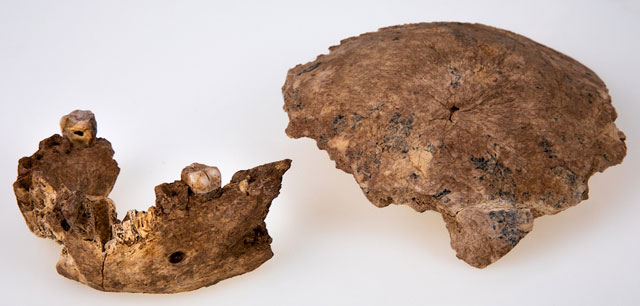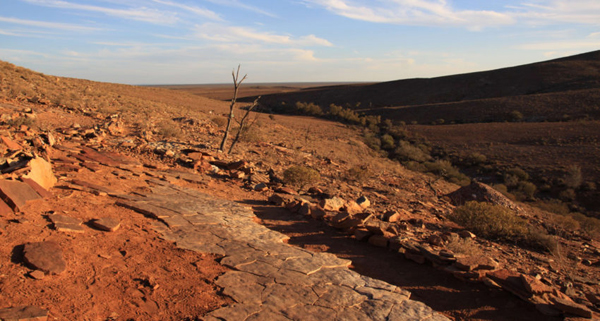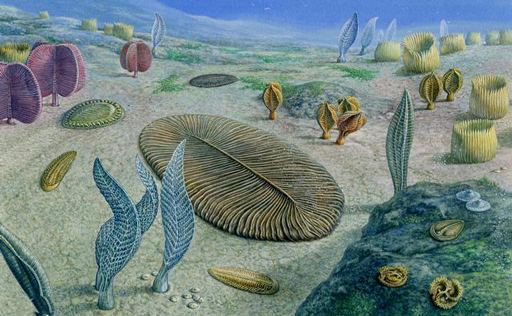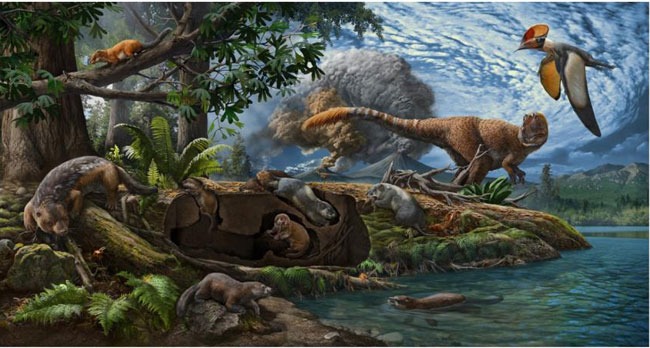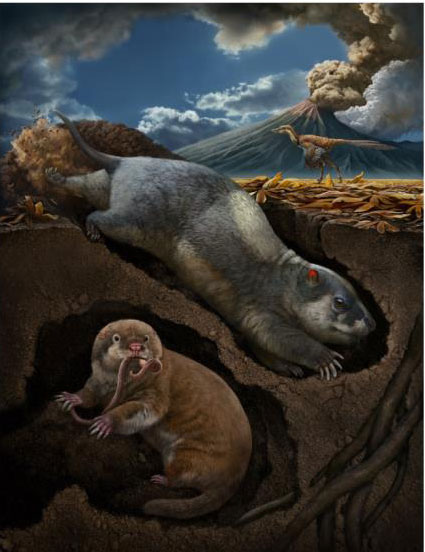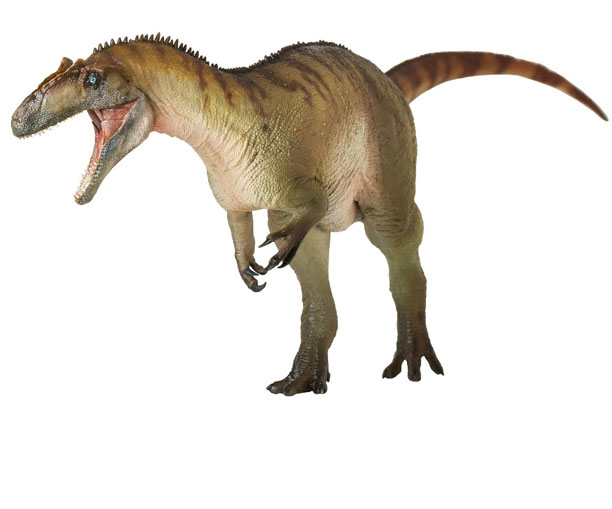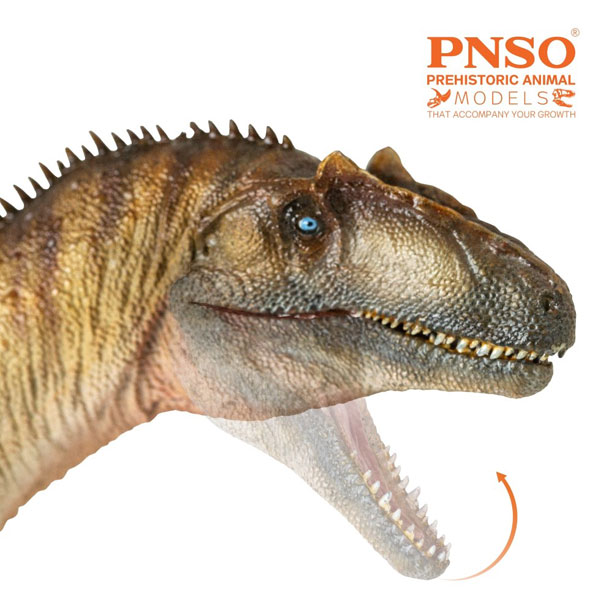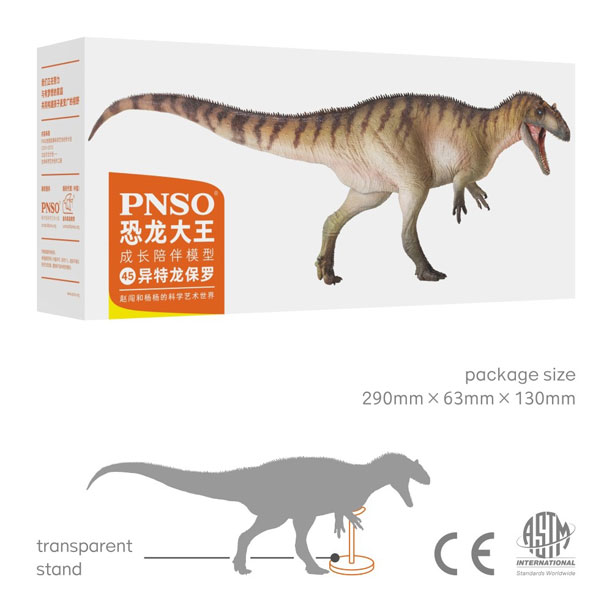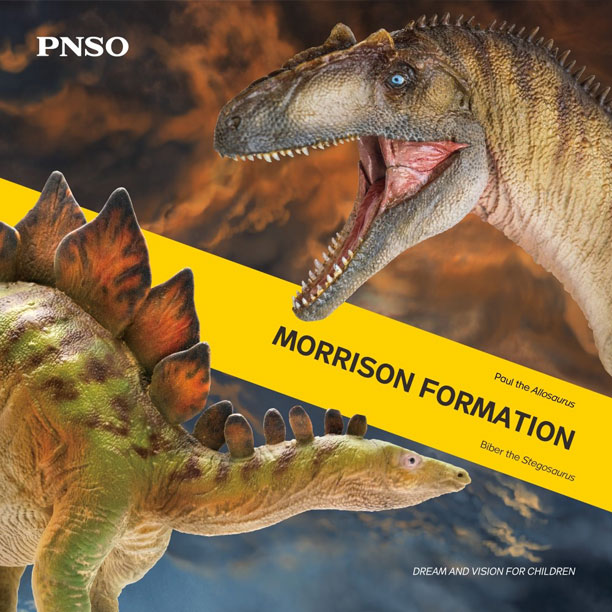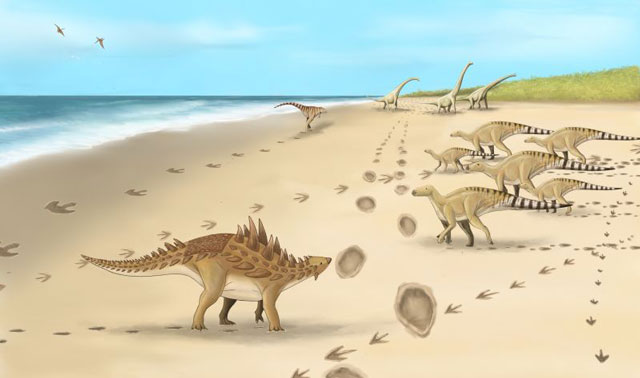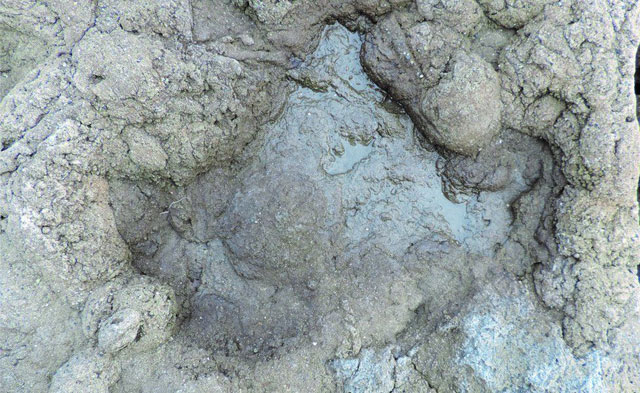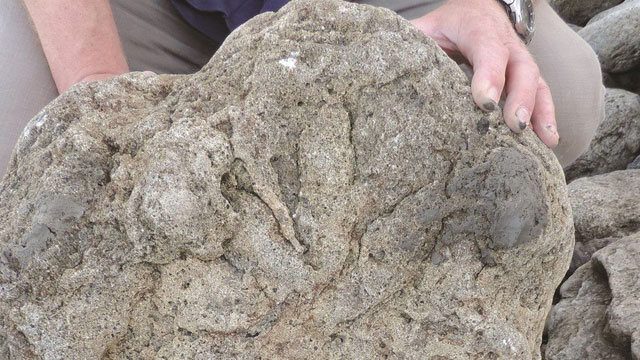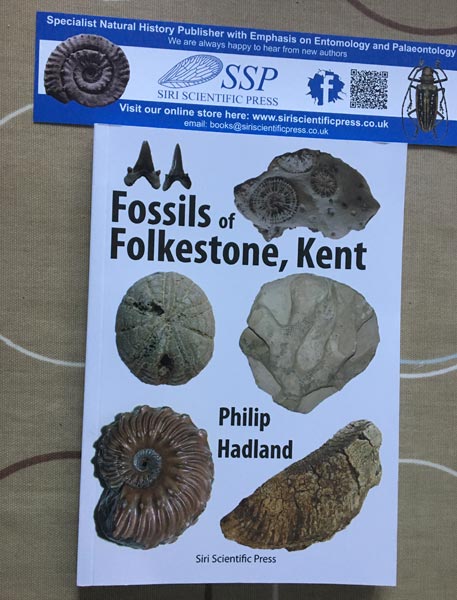Import One Stop Shop (IOSS)
Everything Dinosaur and One Stop Shop
On Thursday, July 1st new VAT rules for sales into the European Union come into force. Everything Dinosaur has registered for Import One Stop Shop (IOSS) enabling this UK-based company to comply with their VAT e-commerce obligations on distance sales of imported goods.

Picture credit: Everything Dinosaur
What is Import One Stop Shop (IOSS)?
IOSS facilitates the collection, declaration and payment of VAT for sellers that are making distance sales of imported goods to buyers in the 27 countries that make up the European Union. Everything Dinosaur customers based in the European Union will find very little change in the way that Everything Dinosaur handles their purchase, team members had already ensured that parcels could be despatched delivery duty paid (DDP) from the beginning of 2021 and they will continue to do so.
The subsidised fully tracked parcel delivery service to customers in the European Union will continue as before.

Benefits for the Buyer
Import One Stop Shop makes the process of placing an order even easier for the buyer. Everything Dinosaur will only charge the customer at the time of purchase. There are no hidden or surprise fees when the goods are delivered to the customer in Europe.
If the retailer is not registered under IOSS, then the buyer will have to pay VAT and usually an administration/customs clearance fee charged by the delivery company.
Such fees and payments will have to be made in full before the parcel can be handed over.
What Parcels Does IOSS Cover?
The Import One Stop Shop covers the sale of goods from a distance that are:
- dispatched or transported from outside of the EU at the time they are sold – so parcels sent from Everything Dinosaur’s UK warehouse need to comply (UK designated a third country).
- dispatched or transported in consignments with a value not exceeding a total of 150 euros even if the order contains several items.
- not subject to excise duties (typically applied to tobacco or alcohol products).
The End of the VAT Exemption for Parcels under 22 Euros in Value
From July 1st 2021, the VAT exemption for the importation of goods with a value less than or equal to 22 euros will be removed. As a result, all Everything Dinosaur sales to the European Union that are less than 150 euros in value will be subject to VAT. The amount of VAT for each transaction will be clearly stated at the checkout and shown on the invoice – all part of Everything Dinosaur’s policy on being transparent with its pricing.

If the retailer is not registered in the IOSS, the buyer has to pay the VAT and usually a customs clearance fee charged by the transporter.
Some Temporary Disruption to European Deliveries
As these new procedures are implemented, customers in the European Union might experience a short delay in the delivery of their parcel. Delays can be expected as couriers and national postal companies get used to these new regulations.
A spokesperson from Everything Dinosaur commented:
“Team members have done all they can to prepare for the beginning of IOSS. We have been registered and we are ready to operate under these new VAT simplification rules. However, we do anticipate that there will be some delays in the system. These delays will in part be caused by other companies not recognising what they must do in order to meet these new requirements. We apologise to our customers in the EU for any inconvenience caused.”
Visit Everything Dinosaur’s website: Everything Dinosaur.







